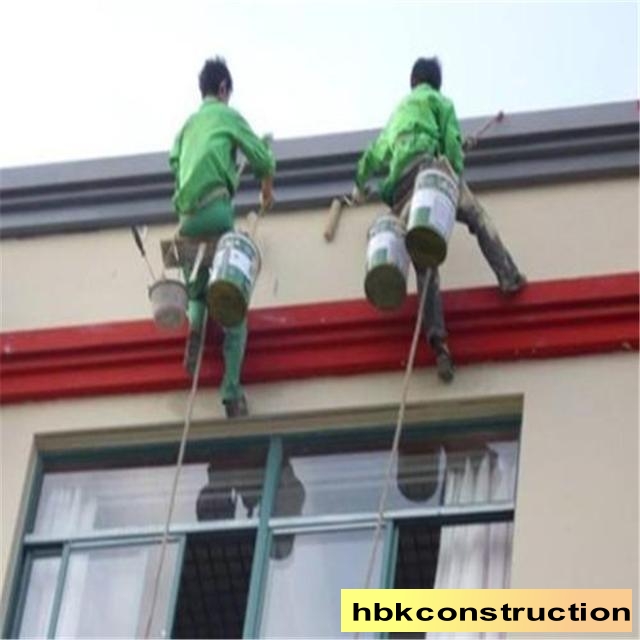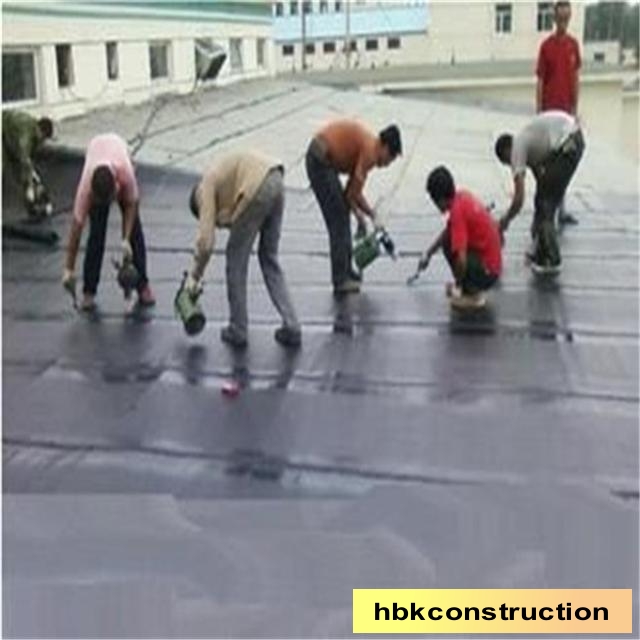Corrosion Protection for Roof Steel Structures
Roof Steel structures are a common type of building structure, and their corrosion resistance is of paramount importance. Implementing effective anti-corrosion measures not only extends the service life of roof steel structures but also enhances the overall stability and safety of buildings. This article delves into the corrosion issues of roof steel structures and explores related topics to make the content more comprehensive and engaging.

1. Importance of Corrosion Protection
Roof steel structures are often exposed to outdoor environments, making them susceptible to corrosion by oxygen, water vapor, and other corrosive substances. Without corrosion protection, steel structures can rust, lose their original strength and stability, and even collapse. Therefore, anti-corrosion measures are indispensable.

2. Traditional Corrosion Protection Methods
2.1 Spray Painting with Anti-Corrosion Coating
Spray painting with anti-corrosion coating is a common method that forms a physical barrier on the steel surface to prevent the intrusion of corrosive substances. This method is simple and practical, but the coating can be easily damaged by external forces, reducing its effectiveness and requiring frequent maintenance and repairs.
2.2 Hot-Dip Galvanizing
Hot-dip galvanizing involves immersing the steel structure in molten zinc to form a zinc-iron alloy protective layer. This method provides excellent corrosion resistance, but the high temperatures involved can deform the steel structure, necessitating careful operation.
3. New Corrosion Protection Methods
3.1 Organic Coating Technology
Organic coating technology is a modern method that uses organic materials to form a protective layer on the steel surface, offering excellent corrosion resistance. These coatings can be tailored to specific needs, such as enhanced heat resistance or acid and alkali resistance, thereby broadening the application range of steel structures.

3.2 Barrier Protection
Barrier protection involves forming a barrier layer on the steel surface to isolate it from the corrosive environment. This method reduces contact between the steel and corrosive substances, thereby extending its lifespan. Common barrier materials include polyethylene film and polyvinyl chloride film.
4. Preventive Measures
4.1 Regular Inspection and Maintenance
Regular inspection of the corrosion status of roof steel structures is crucial. Timely detection of issues and maintenance actions are essential. It's important to check for any damage or peeling of organic coatings and repair them promptly. For galvanized layers, inspect the condition of the zinc layer regularly and repair any rust spots as needed.
4.2 Improved Ventilation and Drainage
Ventilation and drainage are critical to preventing corrosion of roof steel structures. Proper ventilation reduces surface water accumulation and prevents prolonged moisture retention on the steel structure. Building an effective drainage system ensures that water is quickly removed during rainy seasons, reducing the risk of corrosion.

Summary
Corrosion protection of roof steel structures is an essential aspect of building maintenance. Employing appropriate anti-corrosion and preventive measures can extend the service life of these structures and enhance building safety. Whether using traditional or modern methods, it's important to choose the right corrosion protection strategy based on specific circumstances and conduct regular inspections and maintenance to ensure the long-term stability of roof steel structures.
RELATED NEWS
- Efficient Canopy Structures: Enhancing Gas Station Functionality and Aesthetics 2024-07-05
- Gas Station Construction Budget: How Much Does It Cost to Build a Gas Station? 2024-07-04
- Eight Key Factors in Aluminum-Magnesium-Manganese Roof Design 2024-07-04
- What Are Roof Purlins? What Are the Principles of Roof Purlin Layout? 2024-07-03
- Characteristics of Hangar Tents 2024-07-03
Categories
Latest News
Contact Us
Contact: Mr.Lu
Phone: +86-51668601029
E-mail: hbktech@163.com
Whatsapp:86+15152106218
Add: 1412, Building 2, Vanke Huaihai Xintiandi, Block 3, Quanshan District, Xuzhou City, Jiangsu Province
